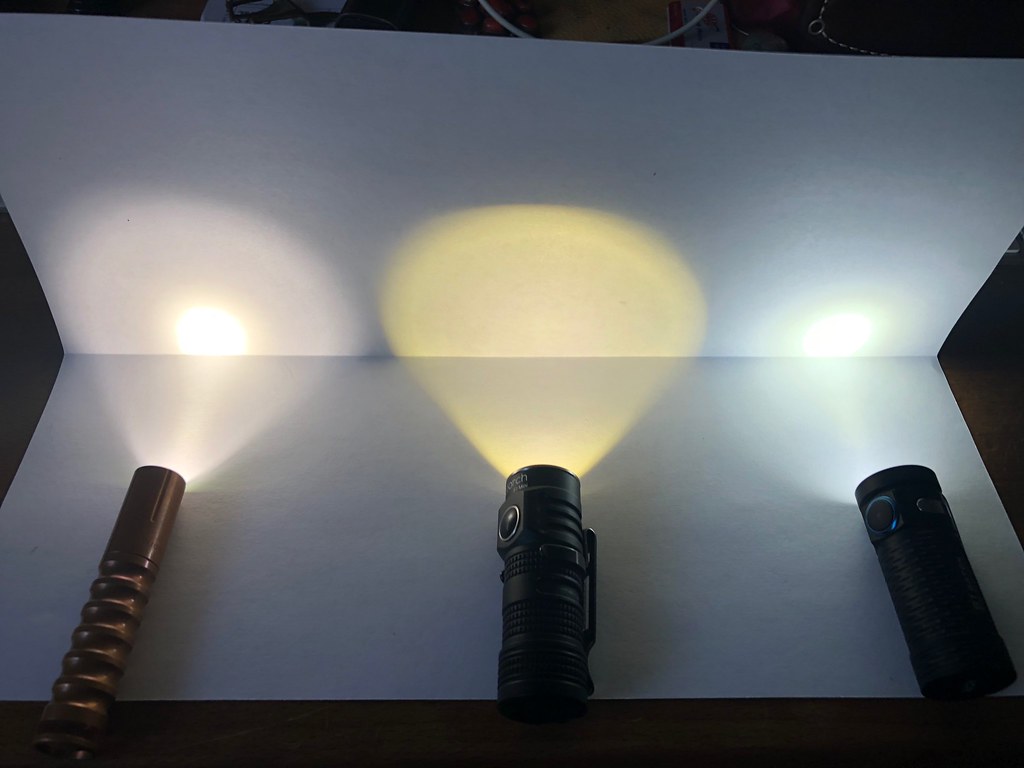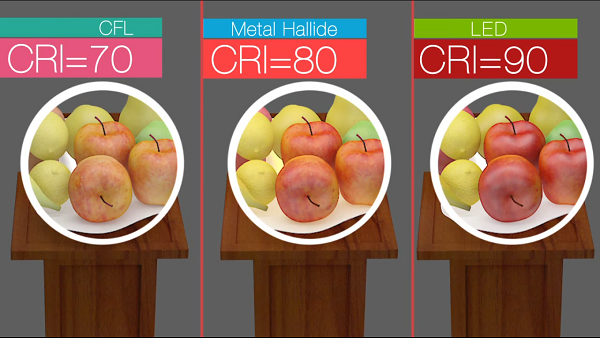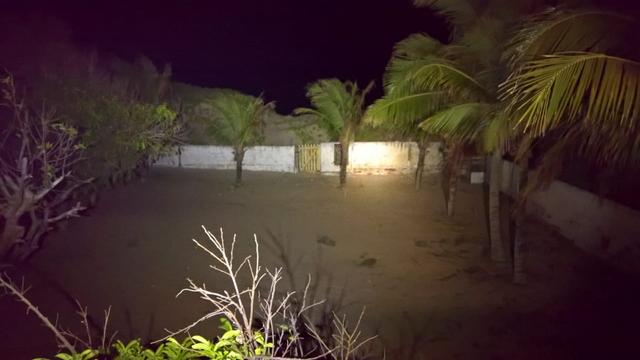Thanks for asking interesting, and detailed questions ![]()
some variables in play…
Low CRI LEDs tend to produce less red than sunlight, and more green and yellow than sunlight
High CRI LEDs tend to produce as much or more red than sunlight, and not too much green or yellow
Since LEDs dont have the same spectrum as sunlight, there are trade offs.
High CRI will show reds, that Low CRI cannot. Low CRI will overemphasize green, and yellow.
anyway, given the limitations, lets walk through the separate treasures

the Coral is redder in high CRI, than sunlight, the Low CRI light makes the coral less red than sunlight…
The turquoise under High CRI looks almost identical to sunlight, and the Low CRI looks greener than sunlight
The Amber looks redder than sunlight under High CRI, and yellower than sunlight under Low CRI
.
given the limitations, I prefer too much red, rather than too little; not too much green, rather than too much, and not too much yellow
I avoid Low CRI LEDs, due to their poor Red output, and excessive green and yellow output.
The High CRI images are from the light on the left, the Low CRI images from the light in the middle, the light on the right is there to help the iPhone set a relatively useful white balance (5500k, although too green) for sake of comparing the first two LED Tints

Given the choice between too pink or too yellow, I choose too pink ![]()
bear in mind that our brain will adapt to any single color beam, and tend to interpret it as a white reference, when it is alone.
because of that, the pink light, does not look as pink as the photo, unless it is viewed during times when the brain has set its white balance to daylight. When my brain has set its white balance to the incandescent light in my home, it looks white, not pink.
The yellow Low CRI beam looks disgusting during the day, its not much better in the evening, but suprisingly, if I wake up in total darkness, I dont really notice how excessively yellow it is… but the yellow beam is low CRI (and more specifically low Red output), so it will never be able to show me how pink a steak is in the middle.
.
500+ lumen levels are marginally supported by 16340, but are really 18650 territory. I dont know which 18650 lights offer Aspheric lenses, Im focused on 16340 atm.
The 5600k Yuji only outputs 10 lumens, it uses AAA
the aspheric beam in the yellow light in the middle, maxes out at about 600 lumens, but it is not realistic to run that for long, given the battery is 16340 size, and the lumens drop by about 30% when going high CRI
the lights that come to mind with aspheric lenses are, the Utorch S1 Mini shown with the yellow beam, the Klarus Mi1c aluminum model (not the copper, titanium, or High CRI models), and there is an Aspheric Sunwayman:
https://www.batteryjunction.com/sunwayman-t16r-flashlight.html
for my use, all those lights would require an LED swap, and since Im in love with Nichia LED swaps, I would recommend the Klarus over the Sunwayman. I dont recommend the Utorch (even though I own 3 of them), it has design issues with a loose ground wire. There are other factors, such as the LED footprint, and whether the mod is extensive enough to replace the LED board, or just the LED… The Klarus is the least complex mod.
There is a High CRI Klarus Mi1c, but it has a hotspot, it is not aspheric… but thats the closest to off the shelf High CRI that comes to mind atm… all the lights I use are modified, the LED has been changed to suit my pleasure, and practically no single light combines all my favorite features. I primarily use one aspheric ligh modded to 4500k High CRI, and one reflector light with hotspot, also modded to 4500k High CRI
since you seem interested in 5000k+, you might be served by N219c. My personal tint preferences avoid those, due to what I consider excessive yellow and green, and insufficient Red output. Did I mention Im a Total Tint Snob?![]()
good luck with your search(es)
I hope you share your impressions of lights you try


